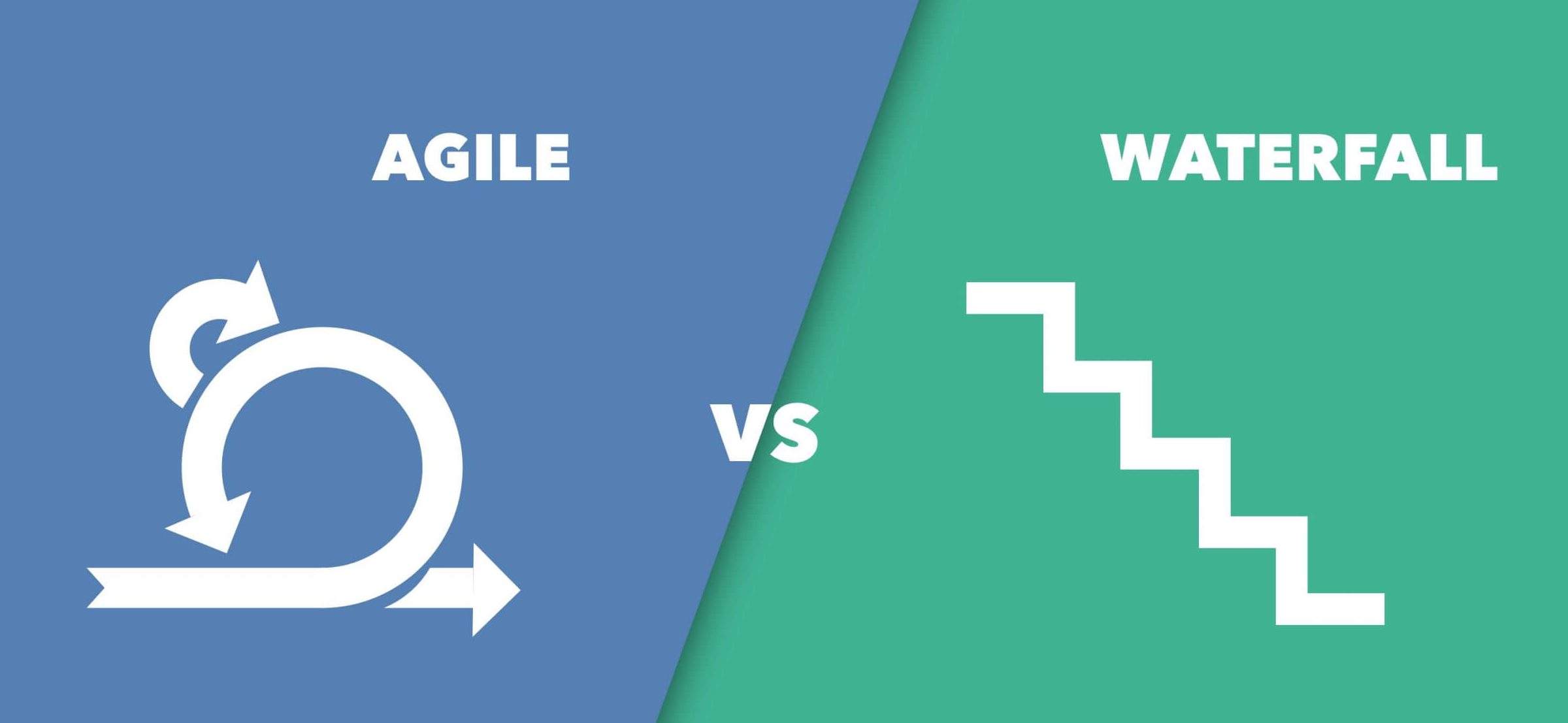Agile development has become the preferred practice for today’s product development teams. Agile has become so widespread that it has all but obliterated the Waterfall approach. But don’t discard the Waterfall technique just yet.
Both of these strategies provide useful information; it’s possible that a combination of the two methodologies is the greatest match for your company, especially if your teams have struggled to completely embrace Agile.
Agile-Waterfall combine method:
The Agile-Waterfall combination combines the advantages of both approaches. Although the Agile-Waterfall technique is difficult for classics, it may be used to build programs or a solution that includes both physical and software.

The Agile-Waterfall combination, as developed by Erick Bergmann and Andy Hamilton, enables software developers to use the Agile technique while hardware engineering crews and product supervisors use the Waterfall technique. When you want to use the Agile-Waterfall approach, you should:
- You wish to foster extensive team cooperation.
- Your company is attempting to adopt the Agile methodology, but the complication required is impeding development. The Agile methodology has a lot of moving elements, and this can require a long time for groups to completely embrace it. It could be good sticking with the tried-and-true Waterfall method while gradually introducing Agile practices until everyone is on board with the Agile approach.
- Although the program has a defined budget and deadline, Agile’s quick design, evaluation, and management would be beneficial.
Because Agile is much of a mentality and strategy than a technique, it’s conceivable to combine the Agile concept to the more rigorous Waterfall strategy.
If you want to utilize a hybrid technique, think of a continuum of program management methods, with more roadmap and solid Waterfall technique on one side then the more adaptable Agile technique on the other.
With that perspective, it’s understandable that there’s no one-size-fits-all approach to incorporating a hybrid model.
What is the best way?
It’s easy to become a zealot for one way, especially if you’re used to it, but keep in mind that the project’s success comes first. Only a process that keeps teams on track, produces a usable product, and stays within budget is considered effective. This may entail a hybrid strategy as well as some trial and error.
Consider modifying approaches not only per team or per development area, but per project, using the guidelines above to identify what would be the ideal methodology for each portion of your development cycle. Even though your teams are used to an Agile strategy, if the project is small and simple, it may benefit from the Waterfall process.

